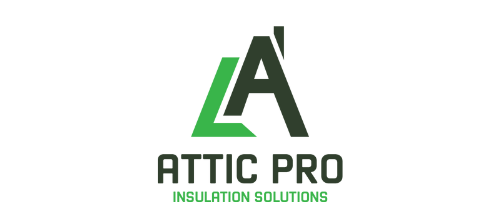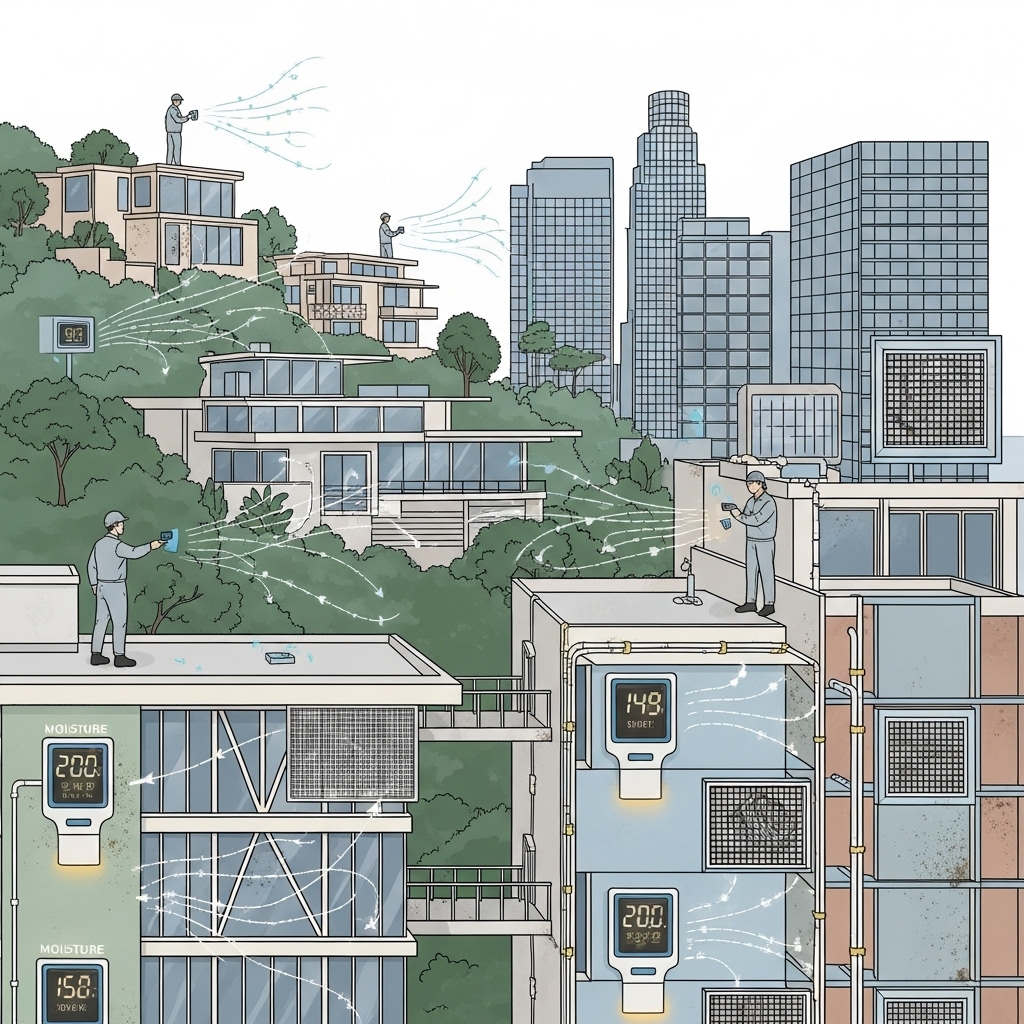What’s Changing in LA’s Approach to Cleaner, Safer Properties
Los Angeles is a city that reinvents itself constantly, and property care is no exception. From hillside homes to high-rise condos and sprawling commercial campuses, owners and managers are rethinking how they address the aftermath of rodent activity. The old model—trap, remove, and hope for the best—has given way to a data-driven, health-focused approach that blends building science with hygiene. At the center is comprehensive sanitation: removing contaminated materials, neutralizing odors, and sealing pathways in ways that strengthen both cleanliness and comfort. If you have heard more neighbors and managers speaking about rodent sanitation lately, it is because the practice has matured, tools have improved, and Los Angeles conditions have made its benefits impossible to ignore.
What stands out today is the precision of the work. Professionals are mapping air movement through buildings, understanding how heat and wind push particulates, and tailoring sanitation methods to each property’s microclimate. That level of detail matters in a city where a morning fog in Venice can give way to a hot afternoon in the Valley, all within a short drive. The biggest trend, in short, is not a single product—it is a mindset that values prevention, measurement, and durability.
Cleaner Products, Smarter Methods
A major shift has been the adoption of more targeted disinfectants and deodorization techniques that prioritize occupant safety while delivering deep cleaning. Enzymatic cleaners and modern disinfectants are used where they perform best, and HEPA-based removal strategies keep dust controlled from the first minute on site. Contractors are approaching attics and crawl spaces like controlled environments, with containment that prevents cross-contamination into living or working areas. This approach feels different to property owners because it is quiet, methodical, and verifiable. When done right, you can walk into a treated space and smell nothing—that neutral, “clean by design” result is the goal.
Another method-driven trend is the integration of sanitation with exclusion and energy improvements. When insulation is contaminated and removed, re-insulating becomes part of a broader envelope strategy, sealing penetrations and improving thermal performance. The synergy is obvious: cleaner spaces lead to fewer odors and allergens, while tighter envelopes support comfort and utility savings. In a city conscious about sustainability, that one-two punch resonates.
Data and Documentation as Standard Practice
The most forward-thinking teams now document every step, creating a record that travels with the property. Before-and-after photos, logs of removed materials, and lists of sealed entry points give owners confidence and help maintenance teams plan future inspections. For multifamily buildings and commercial sites, this documentation supports smoother operations, faster approvals for related upgrades, and clearer communication with occupants. It also helps answer the inevitable question: “What exactly did we get for this work?” With a robust record, the answer is clear and compelling.
Property managers who embraced this documentation culture report fewer callbacks and stronger resident satisfaction. Maintenance crews appreciate the clarity when they inherit buildings from previous teams, because they can see exactly where sanitation occurred, which products were used, and which penetrations were sealed. That continuity reduces the chance of repeat issues and makes planning proactive inspections much easier.
Microclimates and Seasonality: Designing for LA’s Realities
Los Angeles microclimates are shaping sanitation strategies more than ever. In coastal neighborhoods, moisture and salt air push contractors to select fast-drying disinfectants and corrosion-resistant screens for exclusion. In the Valley, high temperatures and attic heat loads make odor control and air sealing crucial. Hillside homes face unique challenges around access and ventilation, often requiring creative containment to keep fine particulates from drifting into living areas during work. Professionals are tailoring their methods to these realities, producing more consistent results for properties from San Pedro to Sherman Oaks.
Seasonality also plays a role. After the first winter rains, rodent activity can shift rapidly as food sources change and nesting sites move. The trend is to schedule sanitation quickly after control efforts, closing the window for re-contamination. In years with heavier rainfall, demand spikes; in warmer, drier years, steady pressure keeps sanitation on the calendar year-round. Adapting to that rhythm keeps properties cleaner and occupants happier.
From Response to Prevention
Perhaps the most encouraging trend is the move from reactive to proactive planning. Owners are incorporating sanitation into preventive maintenance schedules, often pairing it with annual roof checks, HVAC service, and exterior inspections. By bundling these tasks, they catch minor issues early, keep documentation current, and maintain a consistent standard of cleanliness in attics, crawl spaces, and mechanical rooms. This mindset shift recognizes that the costliest part of contamination isn’t the cleanup—it’s the disruption to life and work. Avoiding that disruption is smart property management.
Education is part of prevention too. Teams are taking time to show residents and employees where vulnerabilities exist, from unsealed utility penetrations to propped-open doors during deliveries. That brief education pays back with fewer service calls and better care of shared spaces. The best sanitation programs are shared projects where everyone plays a role in maintaining results.
Technology Without the Hype
There is a lot of buzz around smart building tools, and some of it is well-earned. While sanitation itself remains a hands-on craft, technology assists in planning and verification. Digital moisture meters find spots where odors might linger longer. Particle counters confirm that HEPA capture is doing its job during removal. Photo logs and cloud-based reports make it easy for owners and managers to review progress in real time. The important point is that technology serves the process; it does not replace the fundamentals of safe removal, disinfection, and exclusion.
Looking ahead, integrations with property management platforms will make sanitation history accessible alongside other building records. That means onboarding new staff or selling a property will be smoother, because the narrative of cleanliness and care is already written. This trend replaces guesswork with transparency, and it helps keep standards high even when teams change.
Community Expectations Are Rising
Angelenos today are more informed about indoor air quality and environmental health than they were a decade ago. Residents and employees notice odors quickly and expect clear, responsible action. That expectation is pushing property owners to adopt sanitation practices that meet a higher bar. The upside is real: cleaner spaces earn loyalty, positive reviews, and smoother operations. A well-run sanitation project does not call attention to itself afterward; it disappears into daily life, leaving only a sense that the building is comfortable and cared for.
For commercial properties, this expectation shows up in new tenant demands. Office managers want confirmation that mechanical rooms and plenum spaces are free of contaminants before build-outs proceed. Retailers want reassurance that stock rooms and back-of-house areas are clean. Hotels lean on sanitation documentation to keep housekeeping teams aligned and to reassure guests. The trend is simply professionalism—delivering proof, not promises.
Mid-Project Communication Makes All the Difference
One of the soft skills gaining prominence is communication during the project. Owners and residents value short, clear updates: what was completed, what is next, and whether the schedule is on track. Sharing a few photos midstream can calm nerves and build confidence that the team is working methodically. It is at this midpoint that curious clients often ask for more information about specialized rodent sanitation and how it connects to the building’s broader health goals. Meeting that curiosity with transparency builds long-term relationships.
There is also a trend toward small courtesies that matter—protecting landscaping during access, cleaning pathways at day’s end, and being mindful of noise. These gestures make sanitation feel less like a disruption and more like a thoughtful upgrade. In dense neighborhoods where neighbors are close and sound carries, that care is noticed and appreciated.
Putting Trends to Work on Your Property
Knowing the trends is only useful if they translate into better outcomes. For an older home, that might mean scheduling sanitation right after exclusion, replacing contaminated insulation, and sealing attic penetrations in one coordinated visit. For a multifamily building, it could be a stack-by-stack plan with clear notices and documentation. For a commercial site, success may look like sanitized mechanical rooms, upgraded screening at vents, and a clean bill of health for spaces that influence employees and customers. In each case, the path forward is practical, not flashy—just consistent, careful work that pays you back every day you walk through the door.
As Los Angeles continues to grow, the properties that feel best will be those that treat cleanliness as part of their identity. Sanitation is not a crisis response; it is a standard. With the right partners and a plan that respects your building’s unique profile, you can stay ahead of problems and give everyone inside a healthier, calmer place to live or work.
Frequently Asked Questions
What is the difference between sanitation and remediation? In this context, sanitation focuses on removing contamination, disinfecting, deodorizing, and sealing. Remediation is a broader term that can include structural repair. Most rodent-related projects are sanitation with targeted repairs as needed.
Are eco-focused products effective? Yes. Modern disinfectants and odor neutralizers can be both effective and occupant-conscious when used correctly. The key is correct application and adequate contact time, not harshness for its own sake.
How quickly should sanitation follow control measures? Ideally, as soon as activity has ceased and entry points are sealed. The faster sanitation occurs, the less time residues have to spread and the sooner indoor air quality improves.
Will new insulation really make a difference? If the old layer was contaminated, replacement helps both cleanliness and comfort. Clean insulation supports stable temperatures and a fresher-smelling home or workplace.
How do I know the job was thorough? Look for documentation: photos, lists of sealed penetrations, and notes on materials removed and installed. A professional team will provide this without being asked.
Ready to Apply These Trends to Your Property
If you want your Los Angeles home, apartment community, or business to feel cleaner, quieter, and more resilient, now is the time to act. Choose partners who document their work, tailor methods to your microclimate, and treat sanitation as part of a comprehensive building plan. When you are ready to move from reaction to prevention, start with expert rodent sanitation. The result is a property that feels current, cared for, and unmistakably comfortable.

